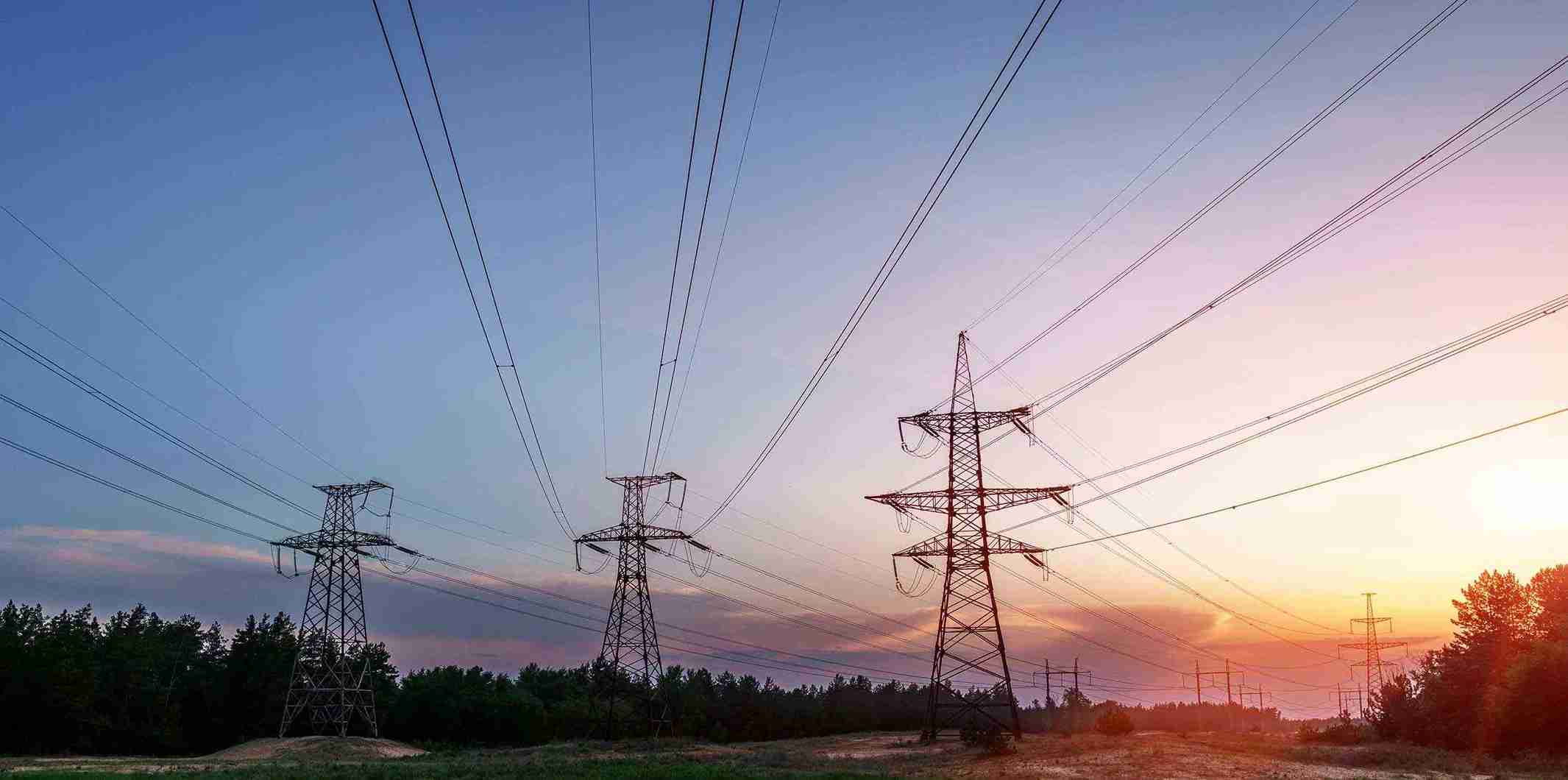Why Digital Twin Utilities Usage Is on the Rise

As the technologies used to create digital twins have become better and more affordable, forward-looking companies in many industries have begun to use digital twins for a variety of purposes. Some find that a virtual replica of their physical assets is useful in ways that may have nothing to do with the primary reasons it was created.
Industries that own a lot of assets, such as utilities, have been among those showing higher interest in employing digital twins during the past few years. A recent report from Valuates, summarized on Cision PR Newswire, stated that the global market for electrical digital twins was $2.69 billion in 2019 and is expected to reach $9.35 billion by the end of 2026, with the United States dominating the market. (Usage also is growing significantly among water utilities.) Companies are finding digital twins to be a valuable tool to stay competitive, reduce downtime, keep customers satisfied, and proactively manage their assets.
Why is digital twin utilities usage on the rise? Among the major benefits, digital twins offer:
- An accurate, accessible record of company assets
- An aid in pinpointing and analyzing vulnerabilities to avoid equipment failure
- Potential for real-time asset monitoring through the Industrial Internet of Things (IIoT)
Digital Data
A digital twin of a physical object reproduces that object as essential data. The data may be gathered through various technologies, such as photogrammetry or LiDAR (Light Detection and Ranging). It may appear in different forms, including measurable 3D photographic representations.
A digital twin of a utility pole, for example, could reproduce the pole itself; the cables, guy wires, and equipment attached to it; and, if needed, surroundings such as trees, curbs, and buildings. If the data is collected properly, everything included in the digital twin can be measured: height, distances, and dimensions. If new equipment is attached to the pole, it can be added to the digital twin as well.
Once the digital twin is created, it can be accessed by any department in the company, for any purpose, reducing the need for repeated physical trips to the asset.
However, digital twin utilities usage carries one caveat: A digital twin is only as good as the data that goes into producing it.
Advanced Analytics
Beyond simply replicating reality in digital form, a digital twin can enable a company to analyze the effects of possible changes that could affect the assets. For example, the user could bombard the virtual infrastructure with a simulated hurricane to test storm readiness or simulate the effects of plant modifications and new equipment before investing in them.
A digital twin of an entire network of assets could be used for many other types of simulations. Large companies using digital twins for predictive simulations are looking to save big money through these types of efficiencies. If you can predict equipment failure before it happens, for example, you can proactively replace it, reducing downtime and risk of potential hazards to employees.
One factor driving digital twin utilities usage is to improve is ever-increasing customer expectations. Constant technological advancements in modern society have eroded the patience of the average consumer, and utility companies that have failed to improve the grid are perceived as falling woefully behind. As reported by Utility Dive, an American Consumer Satisfaction Index survey in 2015 found satisfaction with electric power providers on the decline. Reliability of service was one of the two major reasons cited (along with cost). Companies that customers perceived as needing to upgrade their infrastructure received the lowest consumer satisfaction ratings.
Always on Alert
One of the great promises of a digital twin is the potential for near-real-time monitoring and management of assets. Sensors feeding up-to-the-minute data to the digital twin that would allow staff to make immediate operational management decisions and network adjustments for maximum efficiency.
Staying on Track
At a time when new technologies are emerging constantly, the full impact of the digital twin concept on the utility industry has yet to be realized. What is clear is that digital twins have the potential to bring significant changes to the way companies operate.
At Alden, we’re keeping a close watch on this and other industry trends. Utilities and communications companies, engineering firms and contractors in 39 states use Alden One®, the centralized asset management platform for joint use.
Take an advanced, less cumbersome, more streamlined approach to asset management, data management, contract administration, billing, and joint use interactions. If you’re interested in learning more about Alden One®, book a meeting.
Want more information on our field data collection software, click the link below.
